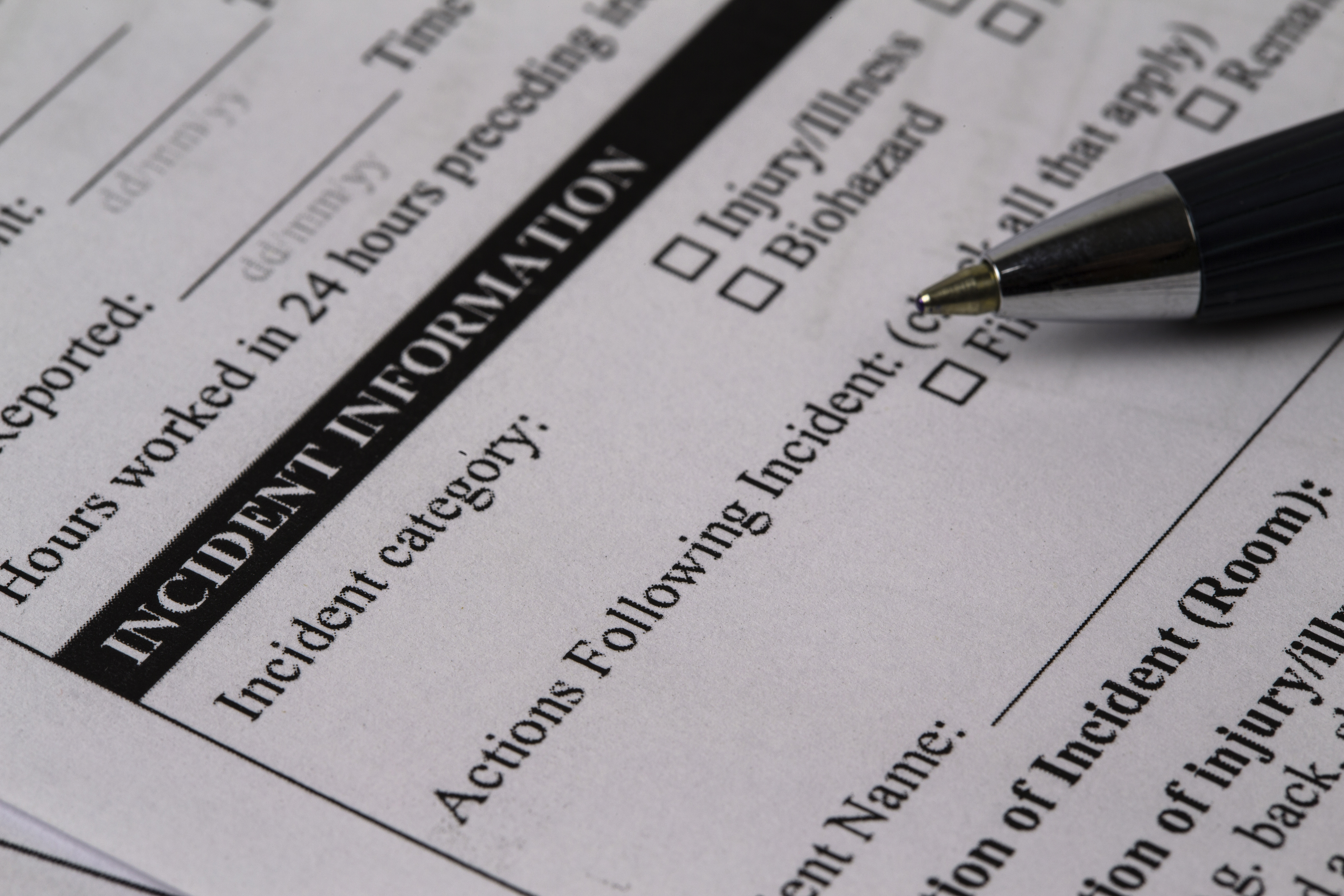Related Posts



You are about to leave Risk Strategies website and view the content of an external website.
You are leaving risk-strategies.com
By accessing this link, you will be leaving Risk Strategies website and entering a website hosted by another party. Please be advised that you will no longer be subject to, or under the protection of, the privacy and security policies of Risk Strategies website. We encourage you to read and evaluate the privacy and security policies of the site you are entering, which may be different than those of Risk Strategies.

Editor's Note: This workers’ comp insurance article originally appeared in Premier Flooring Retailer, a trade magazine published by the World Floor Covering Association. Reprinted with permission, this piece contains helpful tips for all construction businesses, not just the flooring industry.
Workers’ compensation insurance in the construction trades is expensive. Flooring businesses, for example, see a greater than average number of debilitating back and knee injuries, as well as knife mishaps.
Though you have limited control over your workers’ comp insurance rates, you can take steps to reduce the risk of workplace injuries and workers’ comp claims. Here are eight tips:
Workers’ compensation laws vary by state, so it’s vital to become familiar with the requirements for your location(s). Some business owners wrongly assume that workers’ comp applies only for W-2 employees and not 1099 contractors. In some places, that’s not accurate, and you can end up with surprise expenses if you’ve incorrectly classified workers.
Pay special attention to subcontractors. If one of your 1099 contractors has a crew of subs, talk with a workers’ comp specialist to understand how your state views those subs. Do you need to provide workers’ comp for them, too? In some states, misclassification can result in loss of exclusive remedy protection.
State workers’ comp insurance plans typically include an “exclusive remedy” provision. This means if an employee gets injured on the job, the only avenue for getting reimbursement is to file a workers’ compensation claim.
Without this exclusive remedy protection, workers injured on the job can sue your business, and you lose control over the claim. A sympathetic jury may award punitive damages, reimbursement for pain and suffering, and other amounts that can sink your company.
Do research to learn if there are scenarios in your state where you can lose exclusive remedy protection, and if there are, find out what you need to do to avoid this risk.
For each worker, you need to clearly define roles:
Depending on how you answer these questions, the costs for workers’ compensation can vary widely. In smaller businesses, employees may wear multiple hats. Find out how your state calculates the premium if someone spends two days a week on cleaning carpets and three days as a flooring installer. In many cases, states choose the highest-rated class code, even though the employee is in a lower risk setting two days a week.
Sometimes, a simple change such as moving a desk from a warehouse location into the administrative office can reduce workers’ comp insurance costs. A specialist can help you identify savings opportunities like this.
If an workers’ comp insurer audits your business, you want detailed workforce records at your fingertips. If the employee roster does not match what the insurance company has on file, you can end up paying increased premiums and/or other penalties.
Detailed records on both W-2 employees and 1099 contractors can also help in other ways. For example, suppose a 1099 flooring contractor works for both your business and three others around town. In the event of a cumulative trauma claim (repetitive motion injury, etc.), who pays the workers’ compensation claim?
Here's another example: Let’s say you have a new hire who previously worked for your competitor. If there’s a cumulative trauma claim, who pays that?
Having a written job application, detailed interview notes, a written job description signed by the new hire, reference checks, and a background check on file can help you determine if there’s another party to share a workers’ comp claim. Without this detailed information, you can end up “buying” (hiring) a claim.
To reduce potential for workplace injuries, have you created a formal safety plan that covers all on-the-job risks? You can divide the plan into sections for showroom, office, warehouse, transportation, jobsites, and any other category that applies in your situation. Each area of your business has different risks. For example, you may want a “no horseplay” rule in your warehouse or guidelines on how to store materials to prevent them from falling on someone.
Invite your employees to help brainstorm risks and how to mitigate them. Your safety plan is a living document that you update regularly as new risks come to light.
Proper body mechanics can prevent back, knee, and other injuries. Team members need regular training on these topics and more:
Understanding the jobsite beforehand can help prevent injuries. For example, does your flooring installer have a straight-line route from the truck into the building and then to the space where the work will take place? Are there stairs, tight corners, or elevators? A roll of carpet can weigh 600 pounds, and the various equipment for projects can be heavy and bulky. Walk the site before your team brings in the material to identify navigation challenges and solutions for enhanced safety.
Many construction businesses have a tool corral where team members check out the equipment they need for their projects. Working with malfunctioning tools can lead to injuries, so it’s important to establish a formal procedure for regularly inspecting equipment to ensure it is working properly. If it’s not, you want to tag it, disable it, and remove it from circulation until it’s repaired. This prevents a worker from accidentally taking broken equipment to a jobsite.
By taking these steps, you can reduce workers’ comp insurance costs and protect your business.
To learn more or to brainstorm, please reach out:
Connect with Stacy T. Eickhoff, here
For flooring industry businesses, click here
About the author
Stacy T. Eickhoff helps employers reduce workers’ compensation costs. A risk management and insurance expert, she has been advising the flooring industry and construction businesses for over 20 years.
The contents of this article are for general informational purposes only and Risk Strategies Company makes no representation or warranty of any kind, express or implied, regarding the accuracy or completeness of any information contained herein. Any recommendations contained herein are intended to provide insight based on currently available information for consideration and should be vetted against applicable legal and business needs before application to a specific client.


